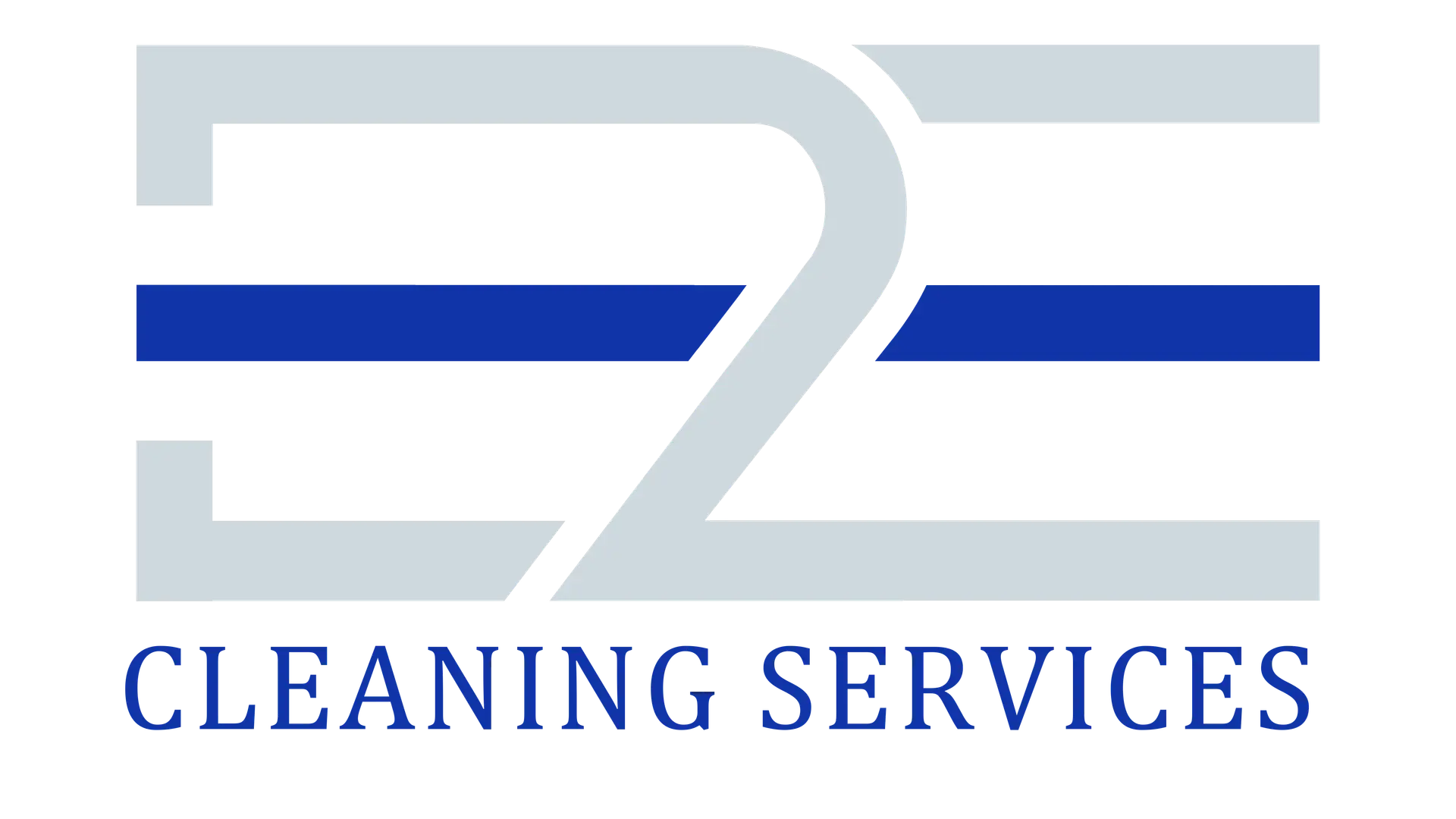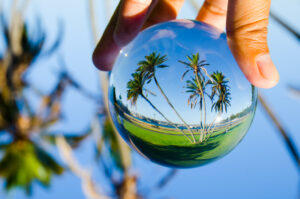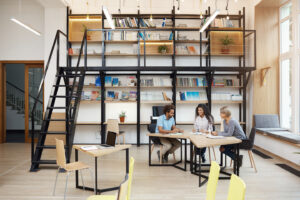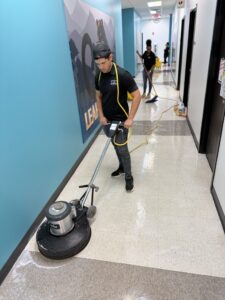With more than 145 million people expected to visit Florida next year. Hotels and other places to stay are going to have a busy time keeping up with the number of guests.
This guide shares simple 5-minute cleaning routines, the best tools to use, and easy training tips to help you keep your Florida business clean and safe. Use these tips to keep things running smoothly during busy times and make sure the place stays clean so guests are happy and the business does well.
Introduction
Florida has seen significant growth in tourism, with 35.5 million more guests in 2024 than in 2023. The travel industry in 2025 is expected to remain strong, with a high number of domestic visitors (91.5%), and increasing numbers of travelers arriving from abroad (6.2%) according to VISIT FLORIDA.
The immense increase in tourism is at once a great opportunity and a major challenge for accommodation providers statewide.
Speed and accuracy in room cleaning now sets Florida’s hospitality industry apart in the race for customer satisfaction. Hoteliers who focus on streamlined, fast cleaning can achieve a range of key benefits.
- Facilitate increased guest turnover by managing limited arrival/departure times better.
- Minimize delays and imbalances in day-to-day operations at the height of vacation season.
- Maintain consistent guest satisfaction scores.
- Control labor costs effectively in the face of critical shortages of workers.
Facility managers must create streamlined cleaning practices to ensure rooms are turned over as quickly as possible during the peak tourist season in Florida. Consequently, innovative practices, tools, and training have developed to overcome the unique issues that hotels in Florida face.
Top 5-Minute Cleaning Hacks by Area
Entry/Lobby Speed Cleaning
You never get a second chance to create a lasting positive impression. Entryways should be maintained thoroughly while allowing you to carry out targeted cleaning acts promptly.
- Entryway Mat Rotation: Set up an alternating mat rotation of three to avoid daily sweeping at each door.
- High-Touch Surface Protocol: Give employees pre-moistened wipes containing quaternary ammonium disinfectant to help them quickly sanitize commonly touched surfaces. The frequency of disinfecting these areas should be every 2 to 4 hours when the property is the busiest.
- Lobby Floor Maintenance: Use microfiber flat mops for spot-cleaning in place of regular floor mopping. Clean those areas that experience the most continuous foot traffic and are prone to gathering moisture and dust.
Apply a “15-15-15” sequence to reception areas: Sanitize surfaces and glass areas for 15 seconds each, followed by another 15 seconds to address high-traffic spots on the floor. It guarantees thorough cleaning even when time is limited.
Bathroom Quick Refresh Techniques
Guests pay the closest attention to bathrooms while they require efficient methods to clean.
- Sequential Sanitization: Start by spraying hydrogen peroxide cleaners on shower walls and toilets, then move on to other parts of the bathroom while giving the products time to work. This ensures the highest level of cleanliness with minimal time investment.
- Fixture Finishing: Apply a microfiber cloth saturated with 70% alcohol to chrome fixtures to remove water marks and smudges in a flash and kill germs as well.
- Modular Replacement System: Replace entire toiletries instead of cleaning each item separately.
Trays with new soap, shampoo and conditioner are easily replaced in just a few moments.
Florida’s high humidity makes it difficult to keep bathrooms clean. Staff should focus on cleaning the undersides of shower curtains and the caulk around the tub or shower.
A few sprays of hydrogen peroxide will keep these spots clean until the next thorough cleaning.
Our Florida-specific cleaning protocols effectively combat humidity, mold, and salt air damage. Click to protect your property investment.
Bedroom Turnaround Solutions
Bedrooms consume the most time in the room cleaning process yet present numerous chances to boost productivity.
- Bedding Systems: Switch to duvet covers with corner ties instead of using fitted and flat sheets. Research indicates that using this method can cut down on bed-making by as much as 40%.
- Systematic Dusting: Provide staff with extendable, washable electrostatic dusters and direct them to work from the entry door to the farthest point, then back to the door. This streamlines the process and guarantees every area is cleaned properly.
- Luggage Bench Sanitation: Surprisingly, these areas often accumulate high levels of bacteria. Spray EPA List N-disinfectants designed for fabric on hard-to-reach areas between check-outs.
A practical Florida-specific consideration: Place darker carpeting or washable rugs in an easily accessible location by the entrance. These can be vacuumed or changed rapidly before each new arrival.
Kitchen/Dining Rapid Sanitization
Properties with kitchens should prioritize cleaning the food preparation areas, as it allows for greater efficiency.
- Appliance Wipe-Down: Clean and disinfect only the frequently touched surfaces of appliances.
- Dishwasher Utilization: Place all kitchen items that can fit inside dishwashers and run the sanitize cycles instead of hand-washing each piece. It streamlines the process and ensures higher levels of cleanliness.
- Pre-Staged Kitchen Kits: Furnish kitchens with complete sanitizing kits containing new sponges, dish soap, and paper towels instead of individually replacing emptied products.
Vacation rentals may benefit from using dishware cabinets that can be easily locked and unlocked by housekeeping staff.
Essential Tools & Products
Using specialized equipment specifically designed for Florida’s climate is crucial to achieving efficient hospitality cleaning in the state.
- Multi-Surface Disinfectants: Choose EPA-approved quaternary ammonium disinfectants that kill Aspergillus niger and other moisture-seeking bacteria without harming various surfaces.
- Microfiber Technology: Using cotton cloths in Florida leads to the growth of bacteria due to the high humidity. Microfiber systems with antimicrobial properties and color-coding ensure better results and reduce the risk of spreading germs.
- Rapid-Dry Equipment: Using battery-operated floor fans and small dehumidifiers helps cut down on the time it takes to dry bathrooms between guests, especially during the hot summer season.
- Backpack Vacuums: Backpack vacuums offer greater ease of use and lower worker strain than upright models, while HEPA filters excel at removing Florida’s high concentrations of pollen and sand from the air.
Florida-oriented requirements demand cleaning solutions designed to handle mold, salt air, UV exposure, and sand.
- Eliminating mold and mildew in areas with high humidity.
- Corrosion-resistant products for accommodations near the sea.
- Products that remain effective even when exposed to Florida’s strong sunlight.
- Specialized equipment to handle sand buildup on properties near the coast.
Staff Training & Implementation
The most effective products are useless without proper training and a well-organized implementation process.
- Modular Training Approach: Create short training modules for specific tasks and areas to make onboarding faster. This makes it easy to train new employees and provide reminders to existing staff during busy periods.
- Visual Standard Operating Procedures: Develop step-by-step visual instructions for each task and its expected outcome. These guides eliminate communication issues and ensure consistent results.
- Time-Motion Studies: Review how staff clean to find ways to improve their efficiency. A significant number of hotels find that improving the way staff move around the rooms can reduce overall cleaning time by 15-20%.
- Quality Verification System: Establish a quality verification system in which supervisors check 10% of rooms using ATP testing to measure the presence of biological contamination.
Most successful hotels follow a three-step training process.
- Observation: New staff observe experienced cleaners
- Supervised Practice: Trainee cleans while mentor observes
- Timed Certification: Employees are required to complete their cleaning tasks within a specified time frame.
Conclusion
To succeed in the coming year of unprecedented tourism in Florida, hotels will need to focus on finding the balance between efficiency and quality in their cleaning operations.
Adopting area-specific speed cleaning strategies, providing the right equipment and training your employees effectively allows hotels to transform a common operational obstacle into a source of competitive advantage.
These methods offer advantages that go well beyond improving the speed of cleaning.
Properties implementing these approaches report:
- 12-15% improvement in guest satisfaction scores
- Labor costs are reduced by 8-10% even as wages rise.
- Significantly higher staff retention rates
- Better flexibility for handling sudden increases in demand at busy times.
Florida’s tourism industry will remain strong well into the future. Adopting these proven speed-cleaning techniques will help your property continue to play a successful role in Florida’s tourism story, consistently offering guests quality service with maximum efficiency and profitability.






